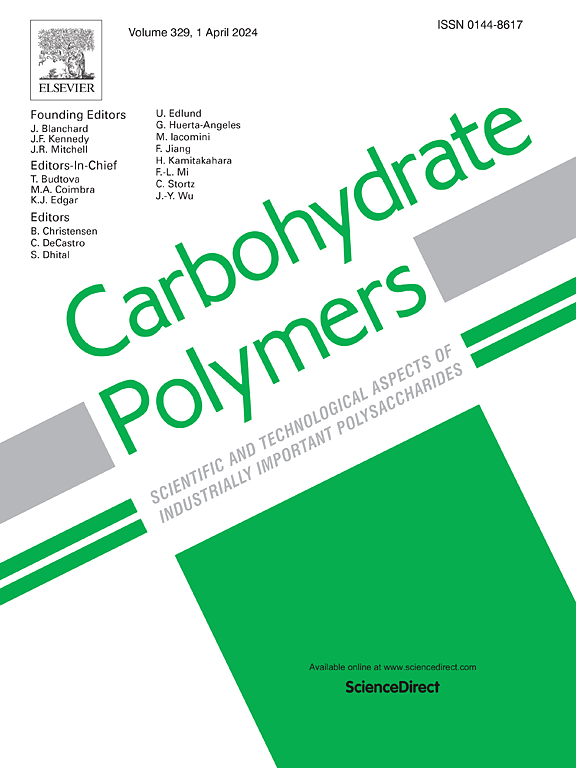Human soft tissues-like PVA/cellulose hydrogels with multifunctional properties towards flexible electronics applications
IF 10.7
1区 化学
Q1 CHEMISTRY, APPLIED
引用次数: 0
Abstract
Conductive hydrogels have attracted significant attention due to their exceptional flexibility, biocompatibility, and promising applications in flexible electronics. Inspired by human soft tissues, robust ionic conductive hydrogels were developed via constructing cellulose-reinforced polyvinyl alcohol networks and precise modulation of zinc ions. The hydrogel exhibits impressive mechanical behaviors (σ = 4.55 MPa, ε = 1293 %) and ionic conductivity as high as 1.17 S/m, ascribed from the multiscale interaction mechanism. These mechanisms include the formation of dense nanofiber networks and nanocrystalline domains, the effects of multiple metal coordination and hydrogen bonds, and the reinforcement of nanocellulose. Moreover, the hydrogel demonstrates a low strain detection limit of 1 % and shows great potential for applications in human health monitoring. Interestingly, based on the principle of Morse code, the hydrogel can be used for information transmission in hazardous environments for emergency signaling. More importantly, when used as an electrolyte in flexible zinc-ion battery, it significantly inhibits zinc dendrite growth and supports stable charge-discharge cycles, making it ideal for small flexible electronic devices. This work presents a biomimetic and sustainable strategy for the rapid fabrication of robust ionic conductive hydrogels, offering advanced applications in flexible electronics.

求助全文
约1分钟内获得全文
求助全文
来源期刊

Carbohydrate Polymers
化学-高分子科学
CiteScore
22.40
自引率
8.00%
发文量
1286
审稿时长
47 days
期刊介绍:
Carbohydrate Polymers stands as a prominent journal in the glycoscience field, dedicated to exploring and harnessing the potential of polysaccharides with applications spanning bioenergy, bioplastics, biomaterials, biorefining, chemistry, drug delivery, food, health, nanotechnology, packaging, paper, pharmaceuticals, medicine, oil recovery, textiles, tissue engineering, wood, and various aspects of glycoscience.
The journal emphasizes the central role of well-characterized carbohydrate polymers, highlighting their significance as the primary focus rather than a peripheral topic. Each paper must prominently feature at least one named carbohydrate polymer, evident in both citation and title, with a commitment to innovative research that advances scientific knowledge.
 求助内容:
求助内容: 应助结果提醒方式:
应助结果提醒方式:


